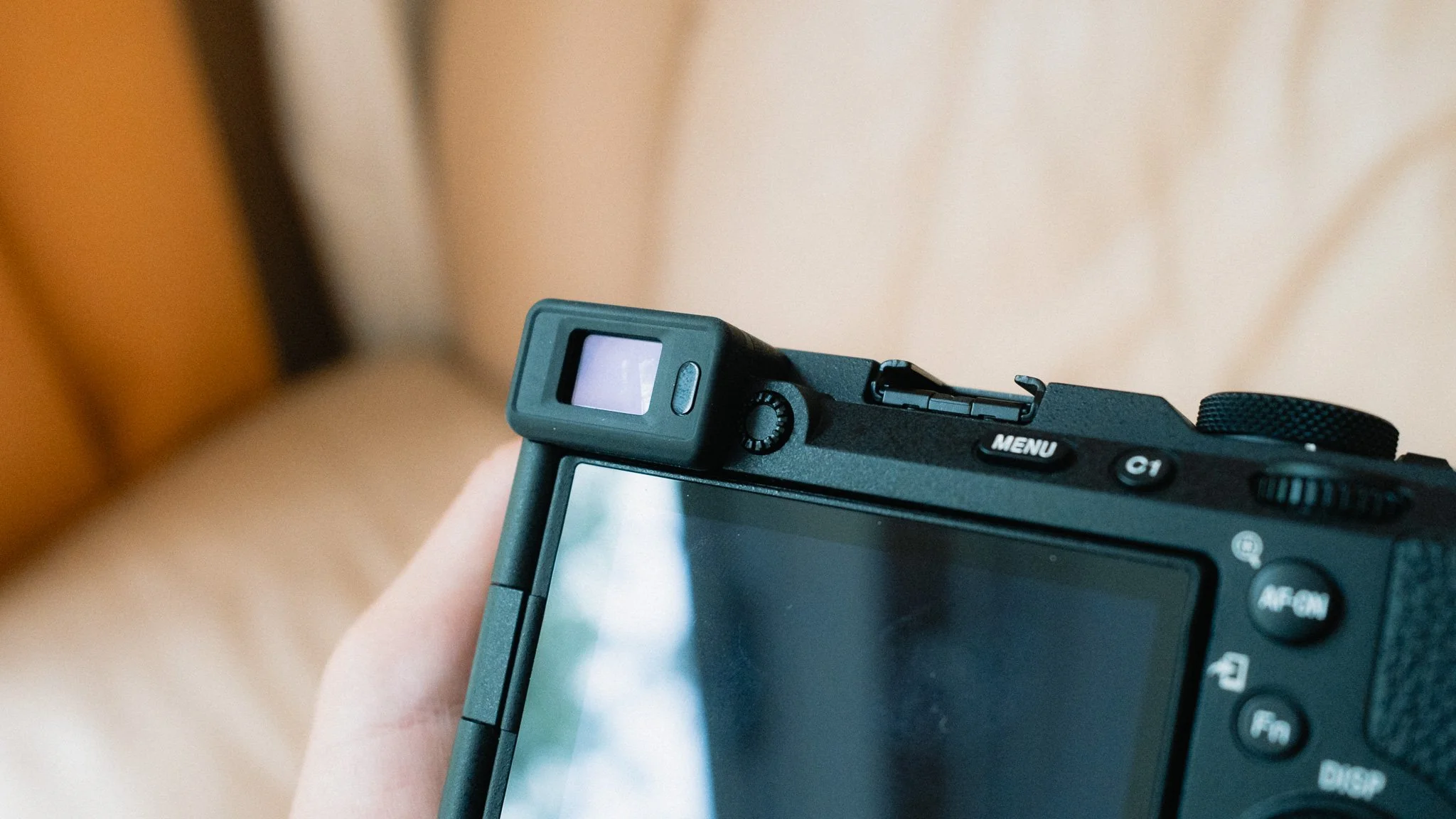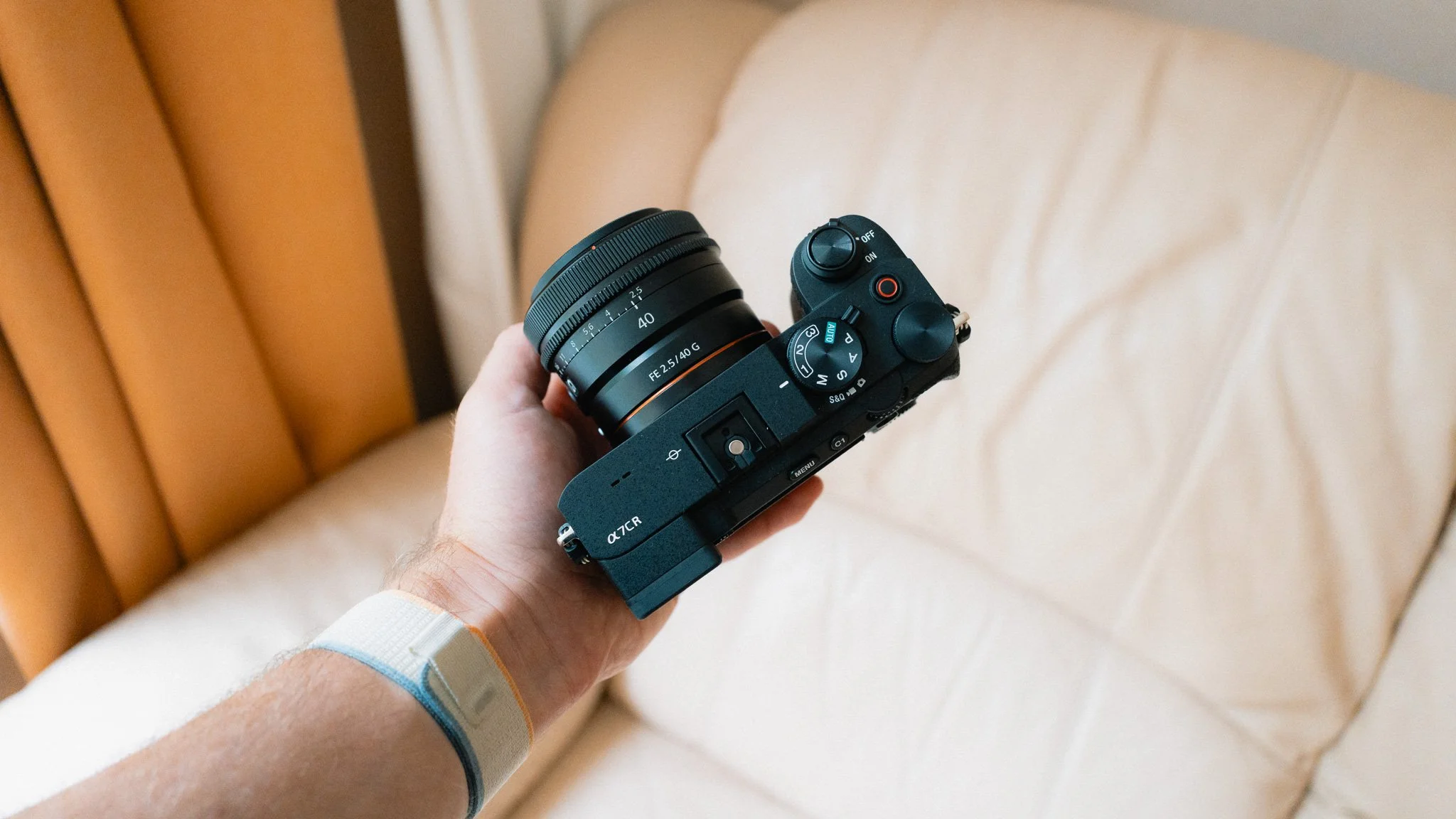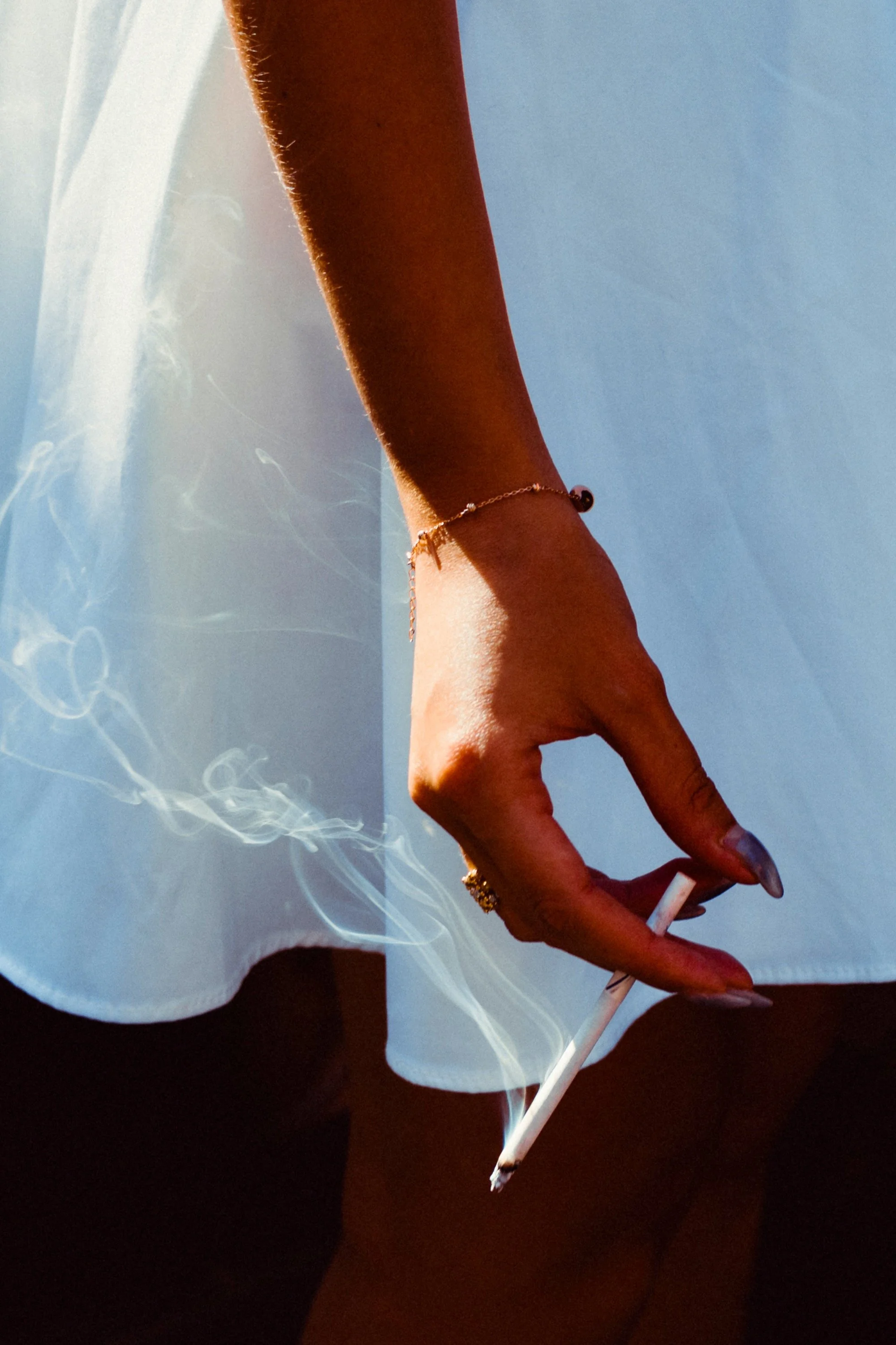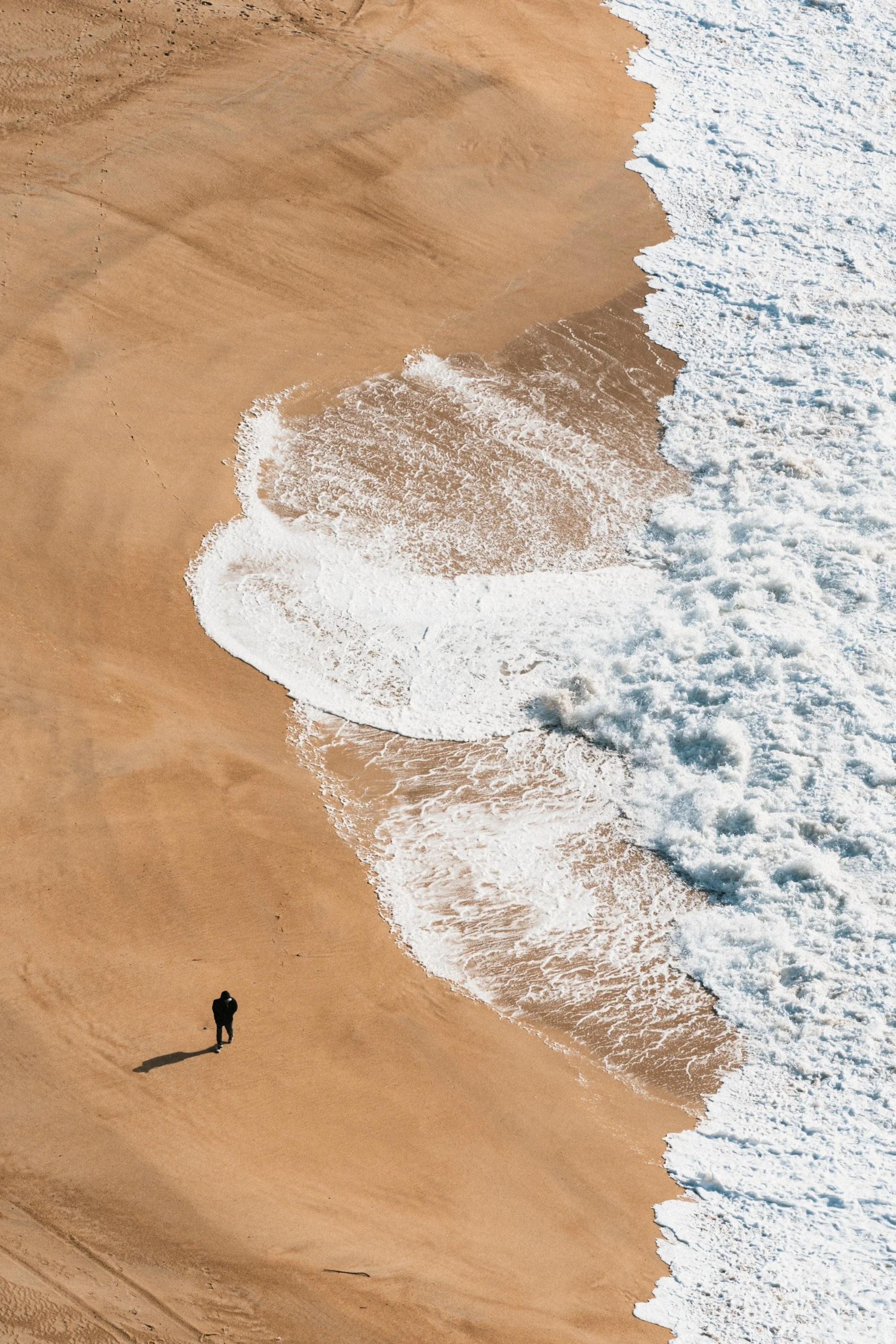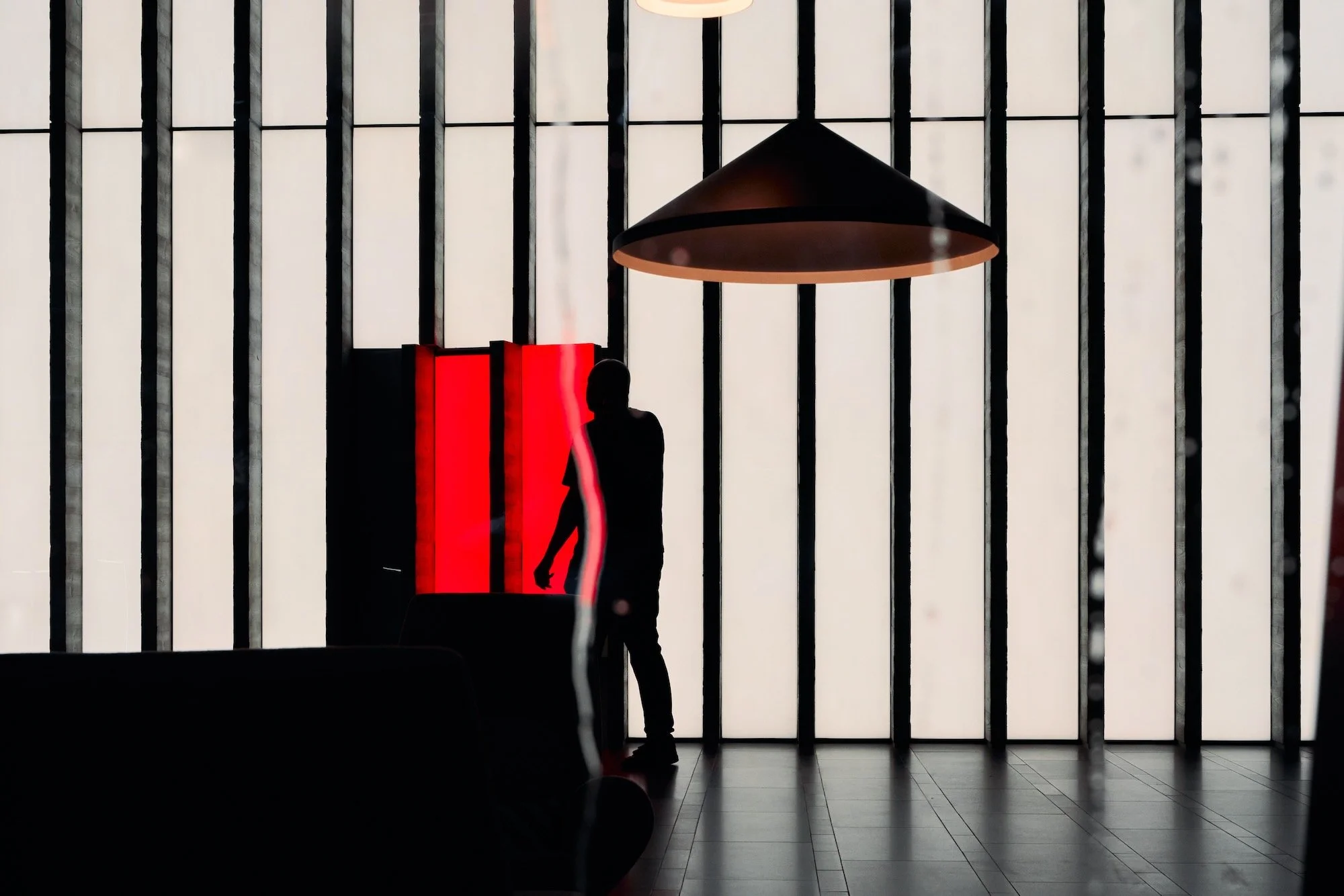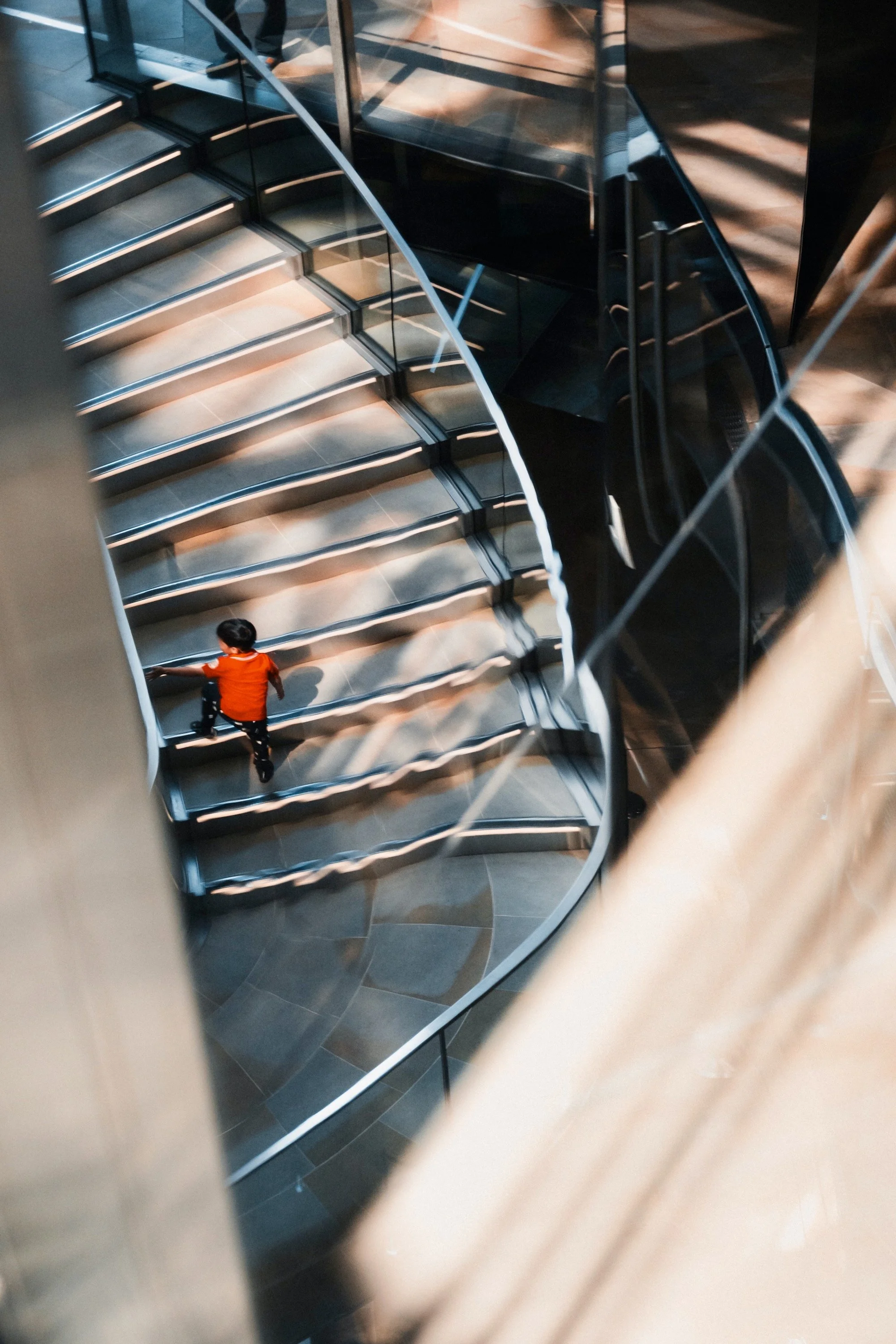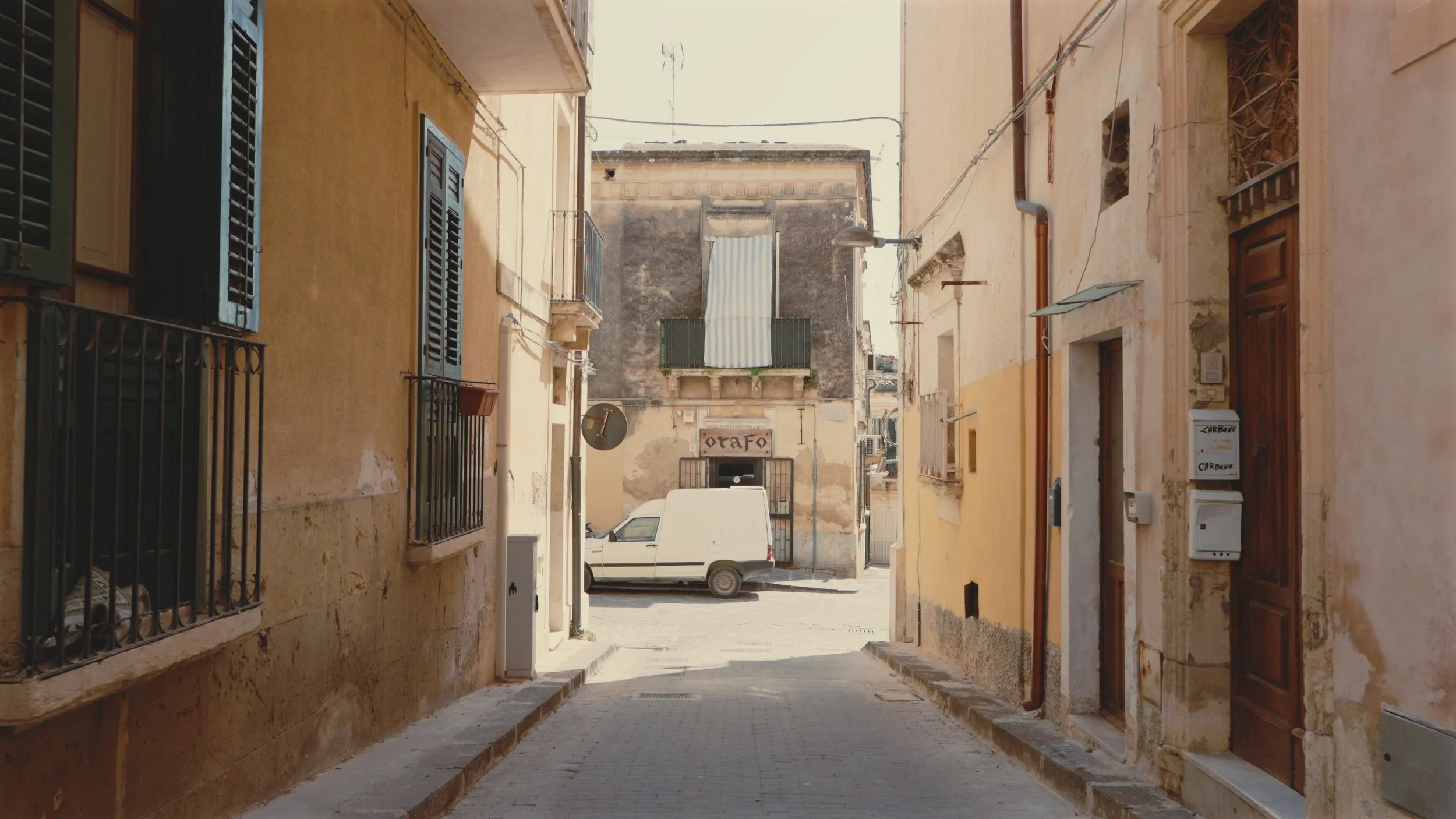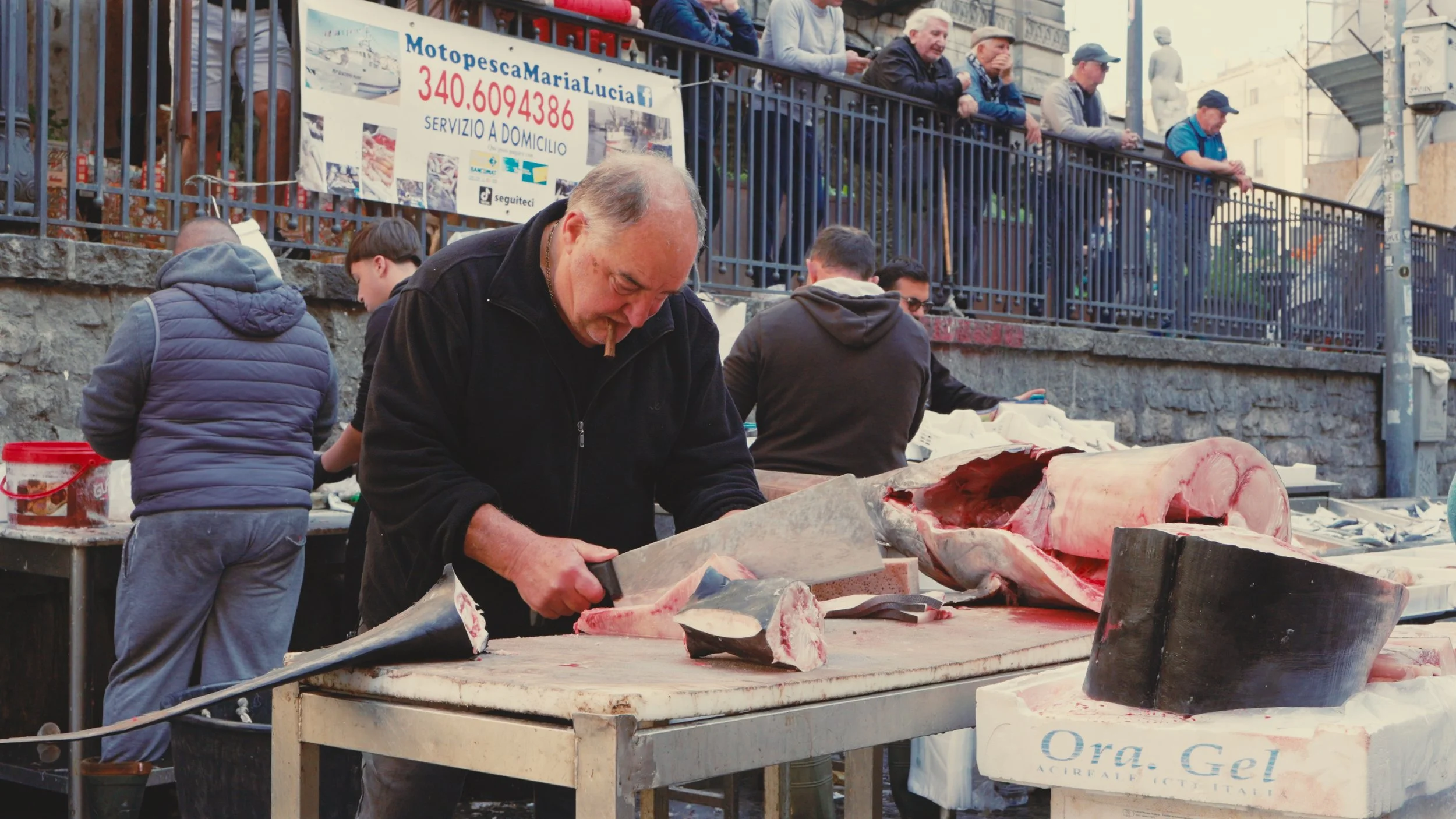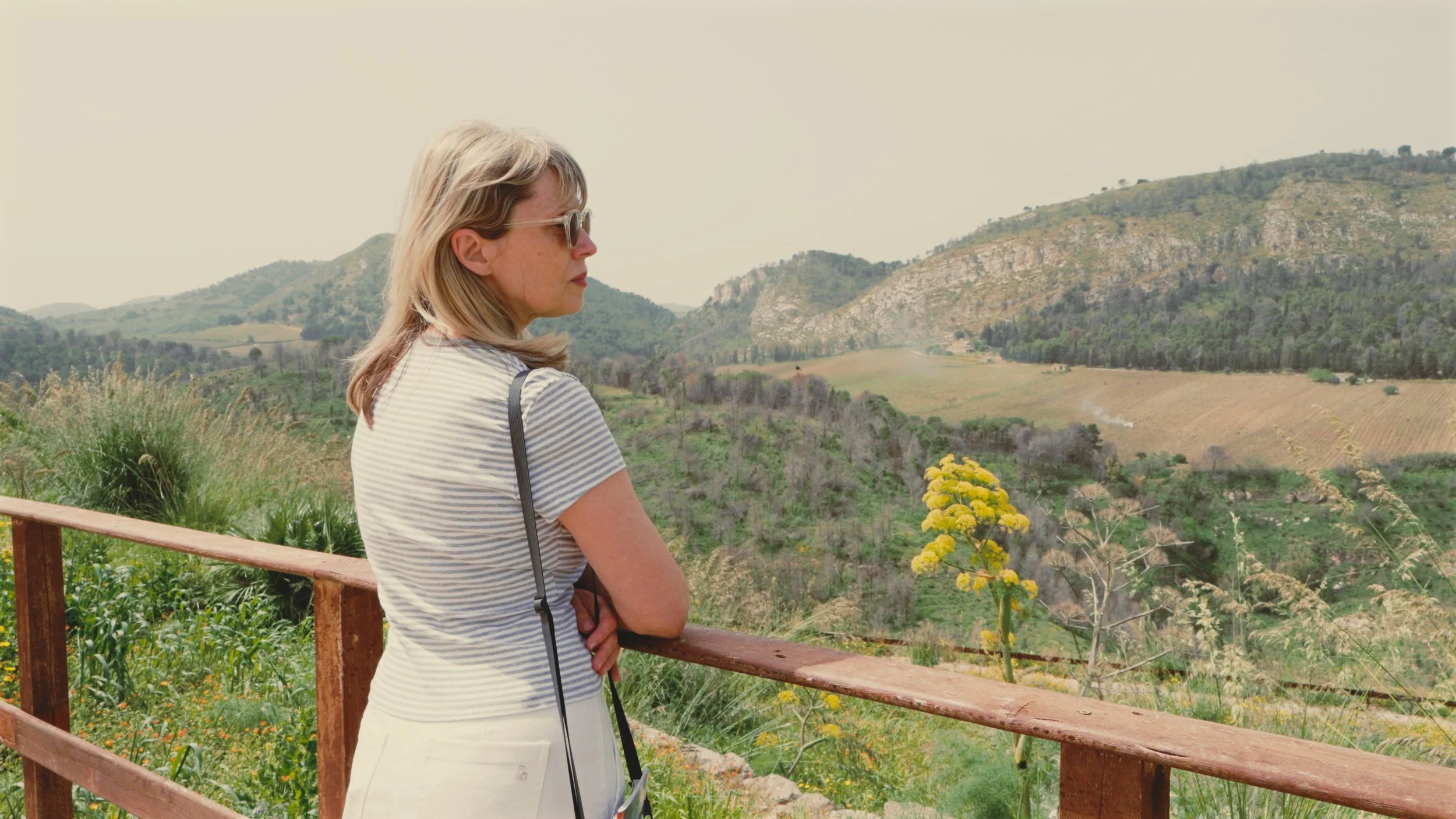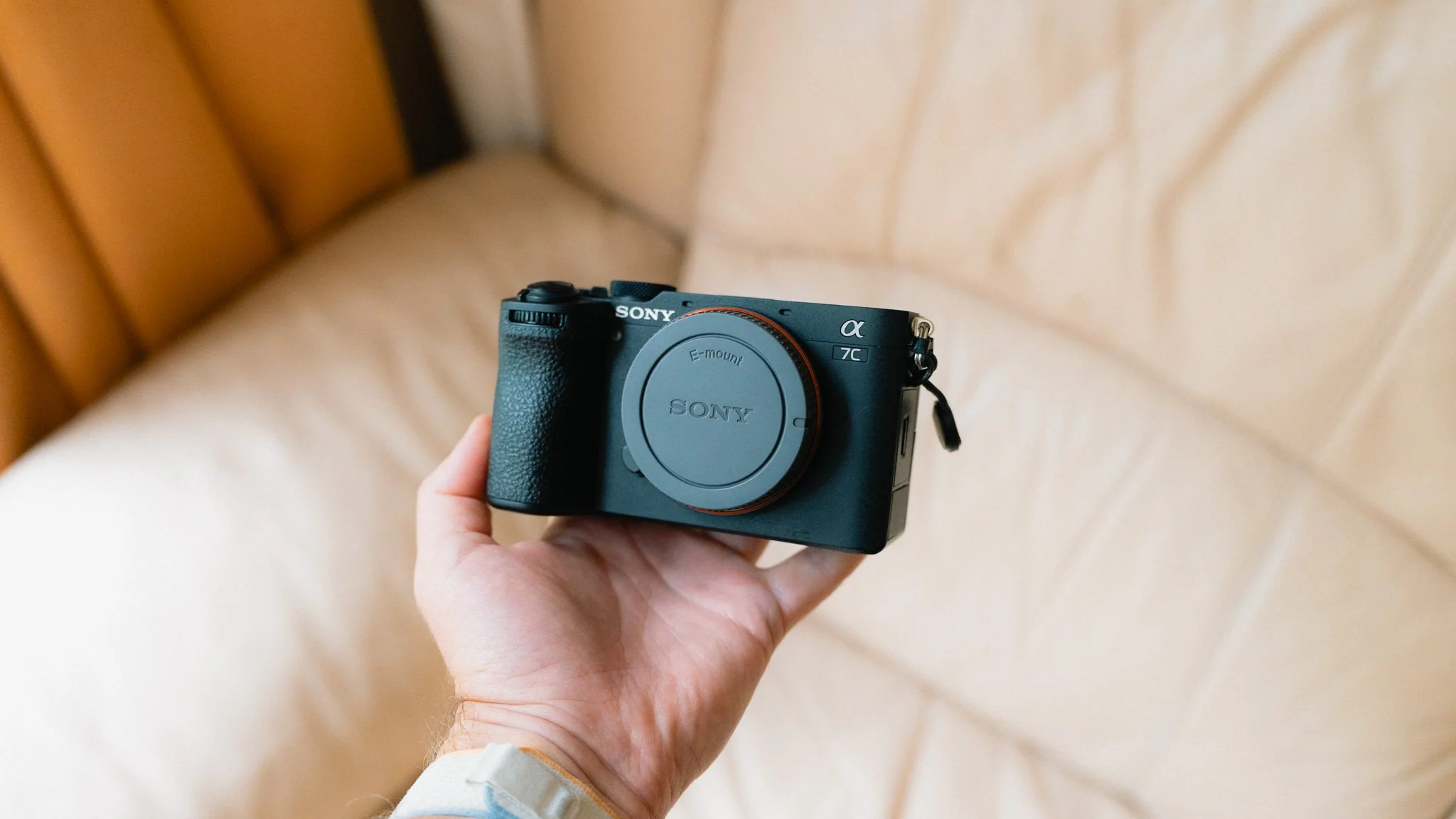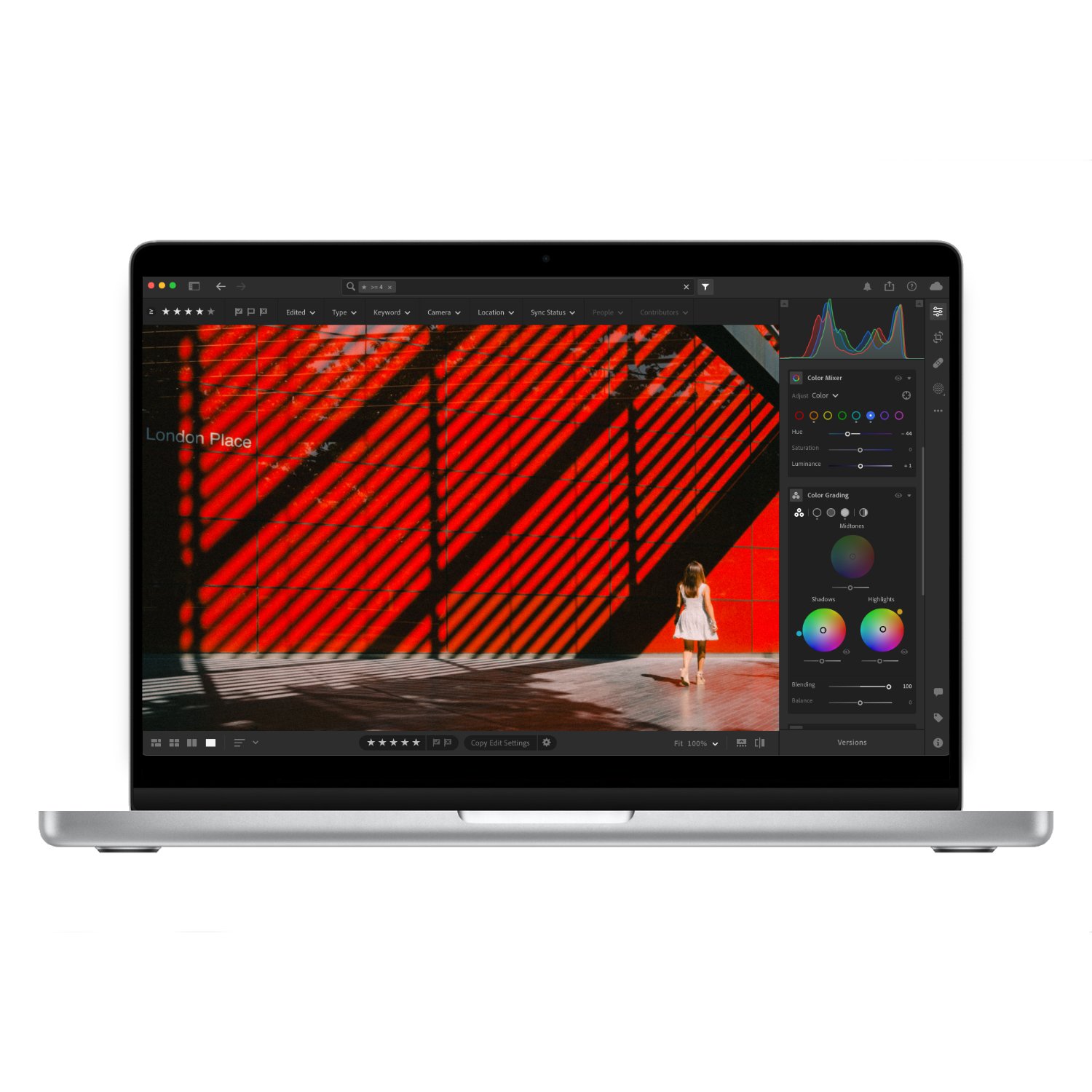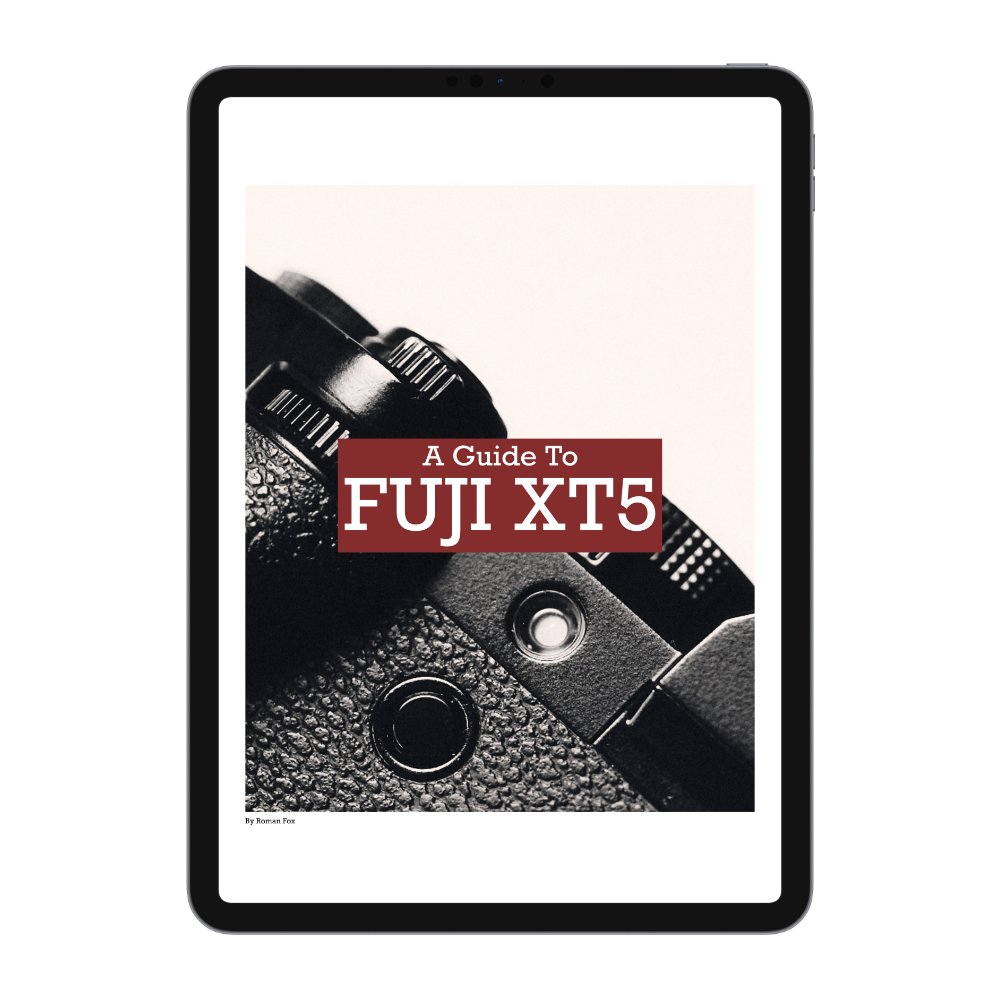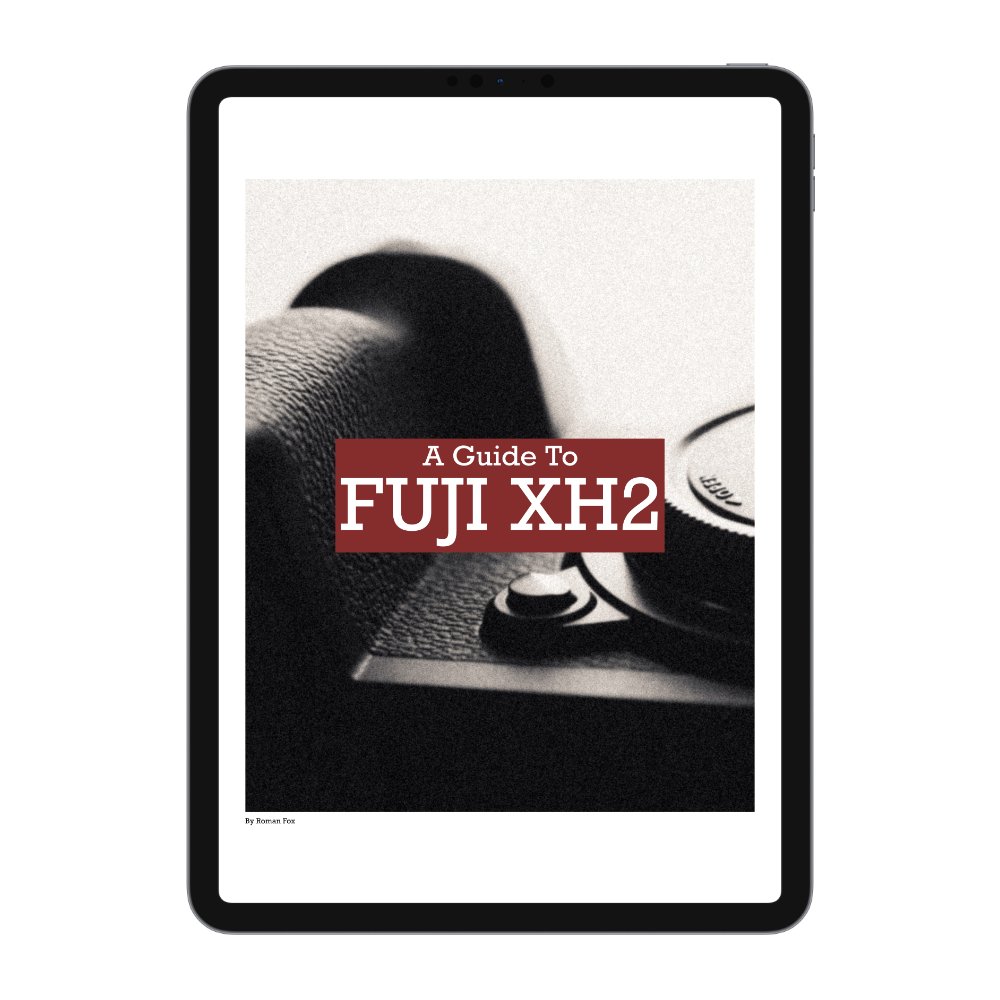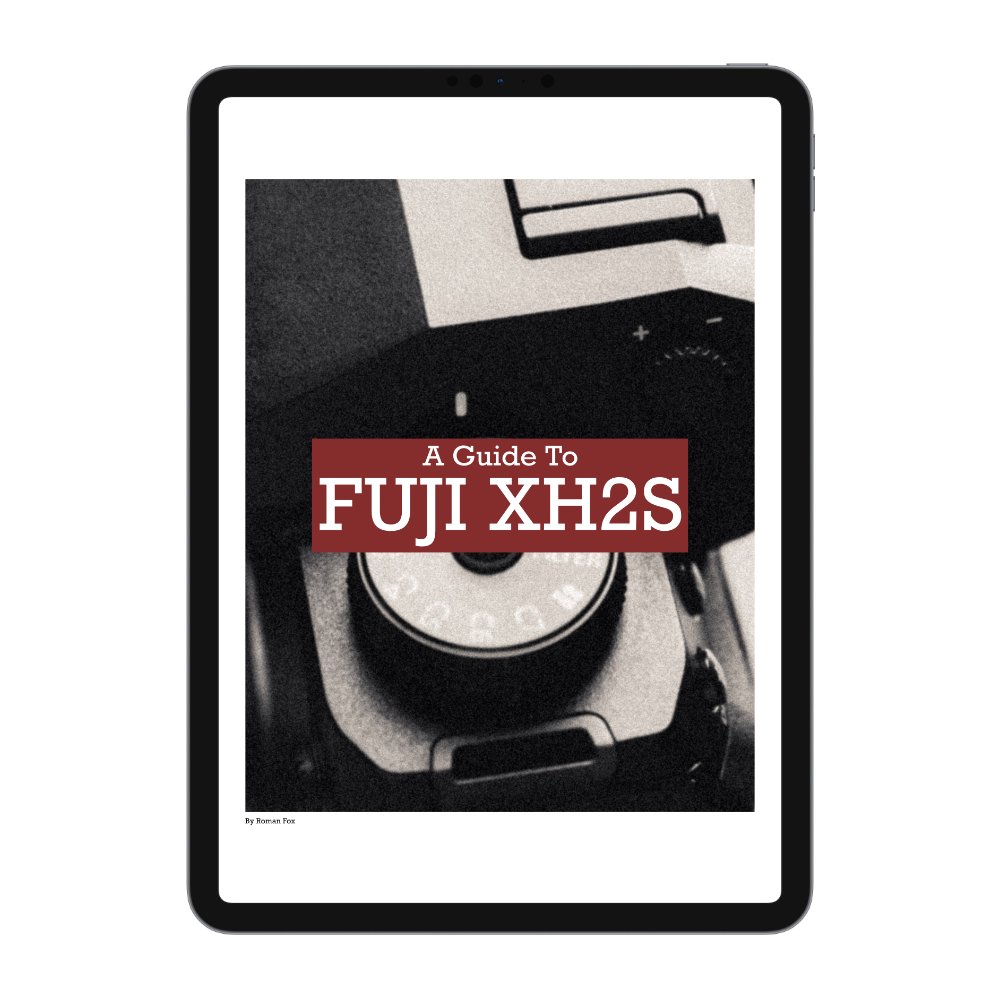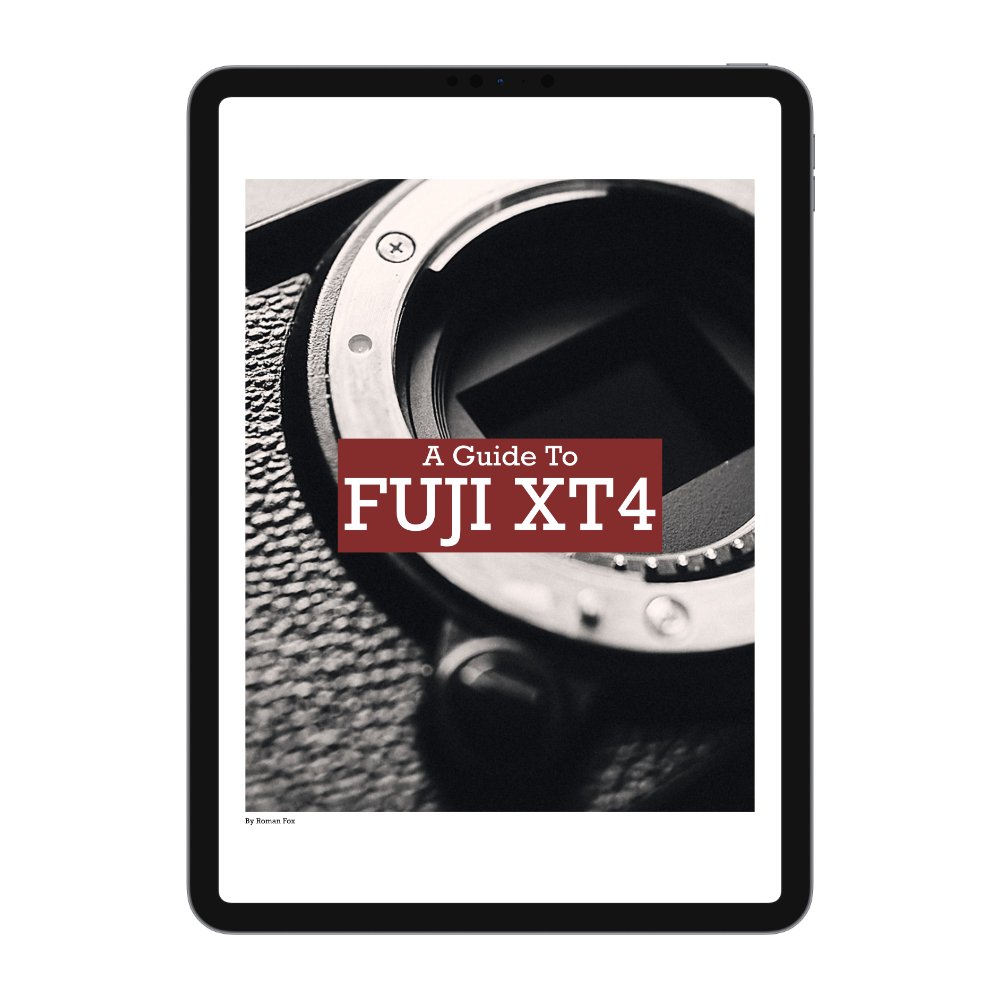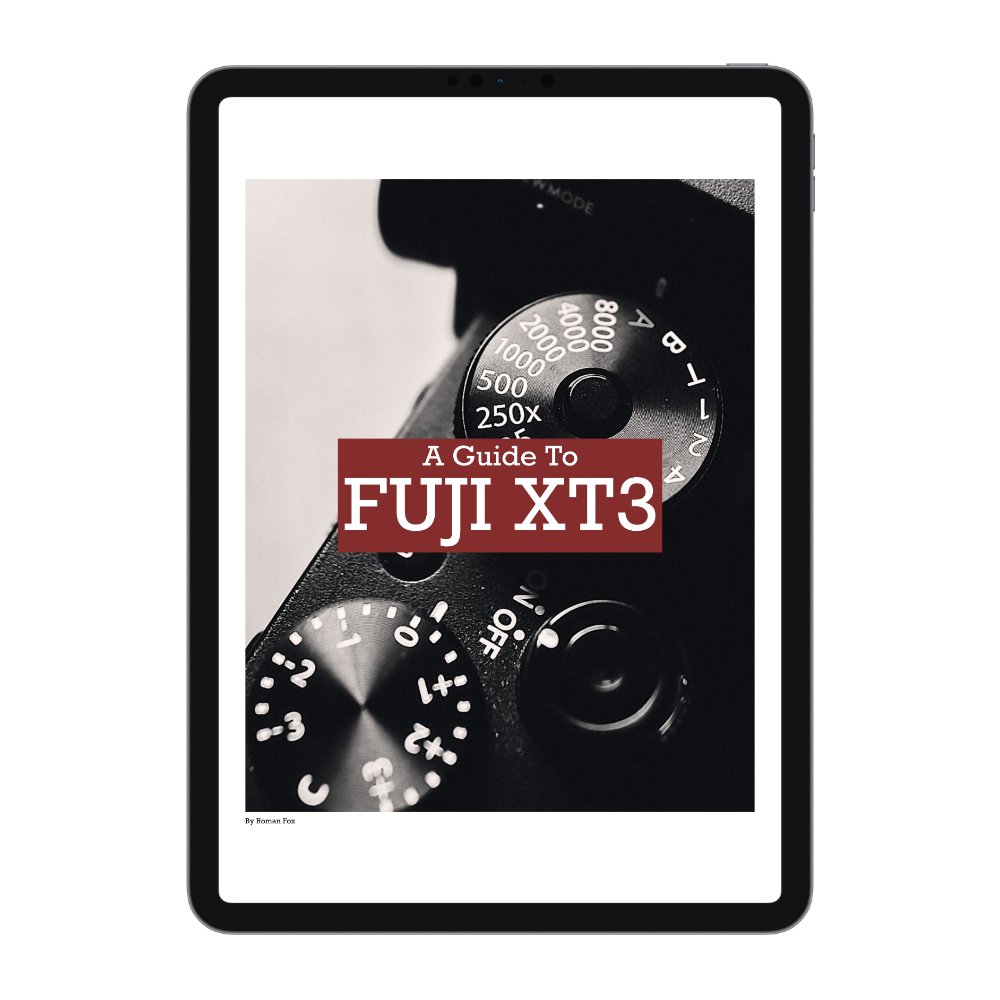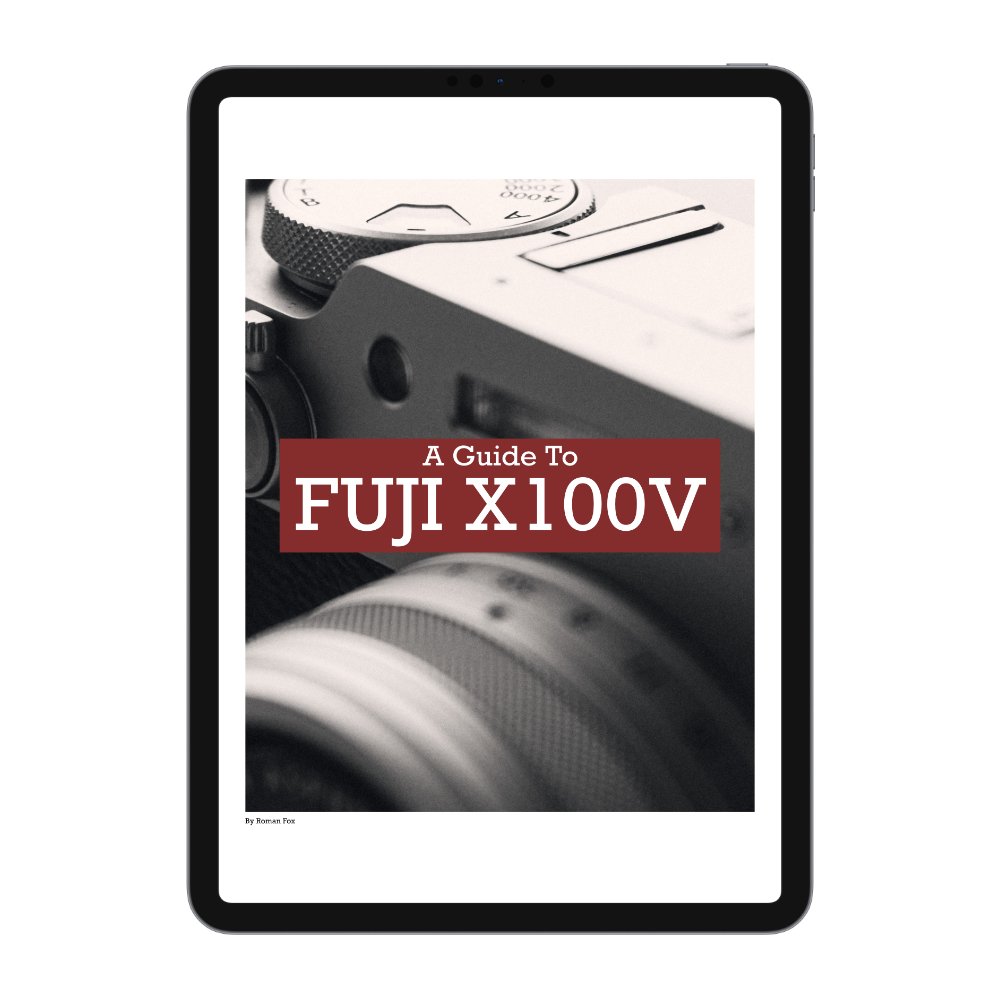Sony A7CII & A7CR First Impressions
In this blog I will share my first impressions of the Sony A7CR and A7CII. For the most part these two cameras are the same, however there is one clear difference that separates them. I’ve owned the A7CII for nearly a year, however it hasn’t been used for photography that much, as it’s been my at home video camera. The A7CR I’ve had for a few months and what initially started as a backup camera for my A7RV when travelling, turned into my daily carry, take-everywhere system. The A7CR has replaced my X100VI, Q3, and is even pushing the Ricoh GRIII out. As always it’s worth stating that I have no relationship with Sony and everything I own I paid for with my own money. This blog is here to share my experience, not sell Sony products. Finally, this isn’t an in-depth review as I haven’t used these cameras extensively enough. This is a first impression.
A7CII vs A7CR
Let’s get the elephant in the room out of the way. While there are small differences, the primary separating factor is the sensor. The bodies are identical, the menu is identical and the feature set is 90% carry-over. The A7CR has the higher-resolution 60mp sensor of the A7RV, however it suffers a little in the video/speed department due to rolling shutter. The A7CII has the lower-resolution 33mp sensor from the A7IV, but is better for video. There will be a full detailed comparison blog soon, however for now all I can say is that if you plan to mostly take photos, the A7CR is a better choice. If your focus is more video, I would recommend the A7CII. For sports, wildlife and any action photography, I would recommend the A7CII due to faster speeds. For all other photography, the cropping ability of the 60mp sensor takes the win. For what it’s worth, 99% of people won’t be able to tell the difference between which camera is which when it comes to photo/video quality.
Build Quality
I don’t want to start this blog on a negative, however I can’t avoid the fact that the A7C feels a little cheap. From the materials used to how the shutter sounds, everything about it feels like some costs have been cut. While disappointing, this isn’t a surprise given these are meant to be cheaper versions of the bigger and more expensive A7R. It’s worth noting that this cheap feeling is only apparent when comparing it to a more premium camera side by side. I feel like I’m being harsh, but the A7CR is a very expensive camera, and I would have hoped for a more premium-feeling body. While the material choices feel cheap, the actual fit and build feel very good. There are no rattles, squeaks, or any hints that this camera will fall apart after some use. Everything feels solid and well put together. The cameras are meant to be weather-sealed, however I am yet to put that to the test.
Ergonomics
This is a mixed bag too. On one hand you have a tiny body that is very comfortable with a solid grip that’s easy to hold. If you use a Leica Q3 / X100VI, and then pick up the A7C, you will notice how much more ergonomic and comfortable the Sony is. All the buttons and dials are where you’d expect them and despite the smaller body, nothing feels too cramped. The camera doesn’t come with a joystick which is a bit of a shame, however I can see why this was omitted given the lack of any free space at the back. Luckily the screen can double as a touch pad and is extremely responsive and accurate.
The two areas where I feel the ergonomics have slipped are the screen and viewfinder. The viewfinder is very small and not the highest resolution. One might argue that this was a compromise to maintain the small size, however Leica managed to squeeze a much bigger and better viewfinder into their Q3. Also I find that the dioptre adjustment is very easy to knock. A few times I went to use the viewfinder only to find everything blurry because the dial had moved. Don’t get me wrong, it’s still good and usable, however it’s not my primary way to use this camera, and I only rely on it when it’s way too bright outside. The screen is the annoying type that has to come away from the body. While this is great for vloggers and those who wish to film themselves, it’s a total pain for anyone who’s primarily behind the camera. Not only does this increase the footprint of the camera, but it also means that what you see on the screen is off-centre. I personally leave the screen in the camera and treat it like a fixed screen system unless I really need to swivel it out.
When it comes to lenses, the A7C is best suited to smaller and lighter glass. If you use it with the small pancake primes such as the 24 f2.8 and the 40 f2.5, the camera feels wonderfully balanced. When it comes to zooms, the 24-50 f2.8 fits this camera like a glove. The moment you start using bigger lenses like the 24-70, 70-200 or any of the high-end GM primes, that’s when you can really start to lose the balance and the camera will feel very front-heavy. Regardless of which lens you pick, I would highly recommend getting a thumb grip. I am yet to use this camera with thick gloves, but I suspect it won’t be as smooth an experience as the bigger A7RV.
Customisability
Just like every modern Sony, this camera is insanely customisable. There is an almost unlimited number of ways you can set it up, from a simple point and shoot to something more complex. You can assign buttons to trigger an entirely new camera set-up once pressed. You can fine-tune the AF system to any type of subject. You can separate the photo and video set-up entirely, meaning two completely different cameras in one. There will be many dedicated blogs covering this in the future as it’s out of scope here. There are some annoyances such as a lack of consistency between different Sony cameras when it comes to the set-up. Another negative is that this isn’t a camera you can pick up and use right away. You need to set it up, and learn all the features in order to get the most out of it. The total opposite to something such as Leica or Ricoh that are almost good to go right out of the box.
Image Quality - Photo
We are at the stage now where you really can’t get bad image quality. I am not a pixel peeper, so there isn’t much I can say other than the image quality is outstanding and I really can’t see a world where having more resolution or more dynamic range is going to improve things. There is evidence of this already as the newly released A1II uses the same sensor as the original. Where I can see criticism is when it comes to the colours and white balance. The colours are not that pleasant straight out of camera. In fact, the JPEGs are awful. You need to edit these files and mould them into something that looks good. If you want a camera that produces amazing straight-out-of-camera files, just buy a Fuji and save yourself the headache. I also find the white balance to be rather sensitive to environmental changes. Certainly compared to some other cameras, I find the Sony shifts the white balance more frequently. I am still working through the menu system to see if it’s user error or the camera. Below are some of my favourite photos taken on the A7CR and A7CII.
Image Quality - Video
This is where I feel the Sony really excels ahead of every other brand I’ve used. Comparing the video files to Fuji and Leica is hard, because there is no comparison in my opinion. Colour, dynamic range, tonality, ease of grading, noise, and every other aspect of video image quality is just better on Sony. I am not an expert in this field, so this is all I can say. Below are some screen grabs of S-Log3 footage graded.
Autofocus
There isn’t much I can say about it other than it’s powered by witchcraft. It focuses on exactly what you want, it doesn’t mess around, and it gets the job done. You can customise it to your heart’s content, you can get it to track you halfway around the world, and 100% rely on it. I can see why some people call it boring, because it takes all the guesswork out of the focusing experience.
Other Notable Features
There are some features that are worth mentioning. First and foremost is the multi-interface hot shoe. As well as working like a traditional hot shoe for flash, you also have a connection for other accessories such as a microphone. This means you can attach a mic without needing to use cables. The IBIS is fantastic for stills, however for video it really shines when coupled with digital IS too. If you are smooth, it can easily look like you’re on a gimbal. The last feature that I learned to appreciate isn’t really a feature at all, it’s the fact that this camera looks bland, boring and like any other small camera. This means that it doesn’t attract attention, and unless you want your ego massaged, that’s a good thing. I remember when I had the Leica, I’d get comments about how cool it is, and while there might be people who would like that, I personally didn’t, because with good attention comes bad.
Fun Factor
This was something that completely caught me off guard. When I got this camera, it was purely as a backup for the A7RV. I had no intentions of using it much, let alone enjoying it. However, I ended up loving it so much that I use the A7CR almost as much as the bigger A7RV. The bigger camera is great for the big zoom lenses and for days when I need to focus on shooting. The A7CR excels on days when I want a small 40mm prime on a neck strap for a casual day out where photography isn’t the main priority. This is where this camera really shines, I feel. It’s surprisingly fun, and goes to show why you shouldn’t judge a book by its cover.
Summary
In short, I’m very glad I got the A7CR. While it will never be my main camera, it’s the perfect daily carry and backup option when on bigger trips. My experience with this system is still pretty short, so there will be a more detailed, thorough review in 6–12 months. First impressions are great.








